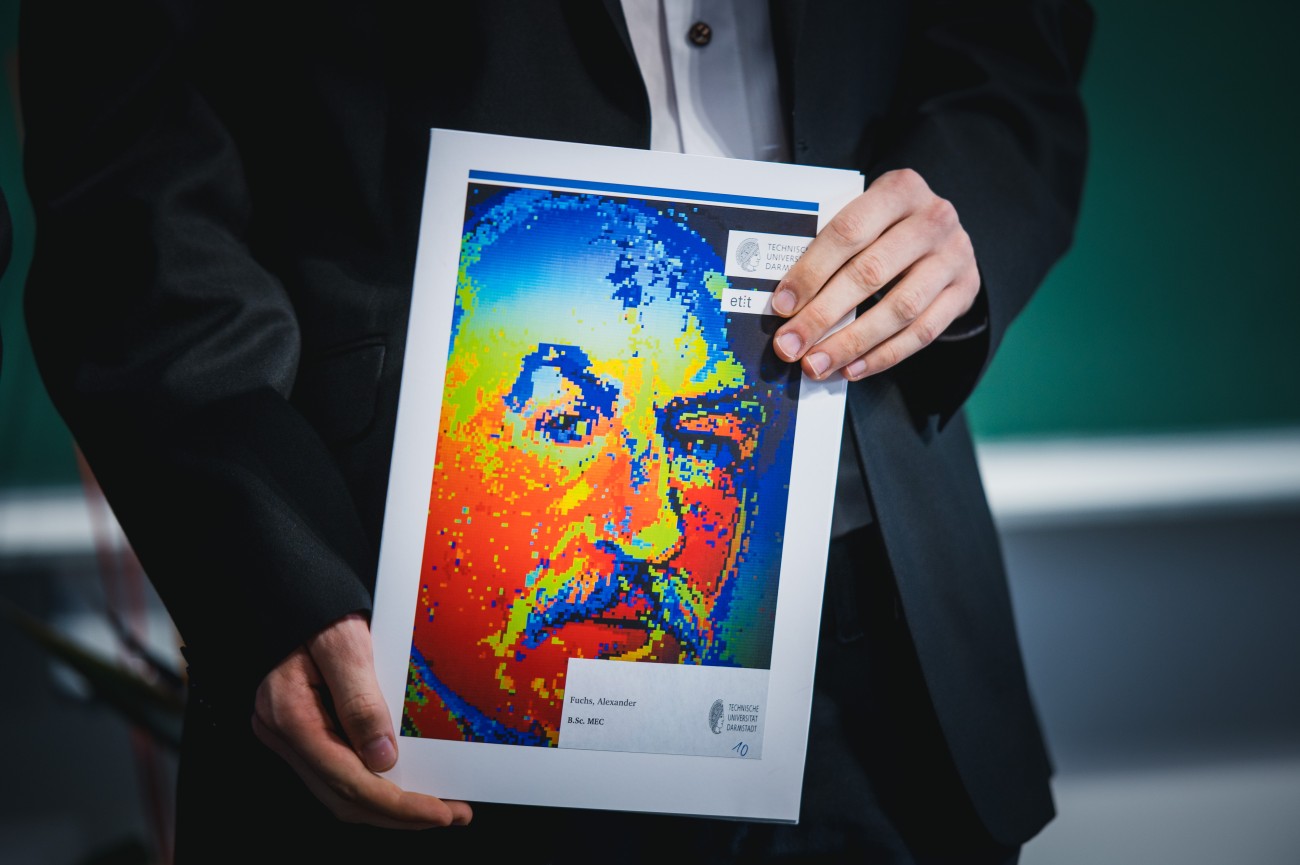Finite-Element Electric-Machine Simulations Accelerated by Cheap Surrogates
Masterarbeit, Hiwi Stelle, Bachelorarbeit
The scientific question is whether a surrogate (low-fidelity) machine model can be employed to accelerate a computationally expensive (high-fidelity) finite-element machine simulation. The research hypothesis is that a well-constructed surrogate may perform better than a pure algebraic surrogate for standard machine types. It is expected that an established machine model can be trusted in a region which is substantially larger than a standard quadratic surrogate of the high-fidelity model. In order to preserve accuracy, the surrogate model will be adapted algebraically such that it locally has at least a linear consistency with the finite-elmeent model. This will be achieved by additive or multiplication defect corrections. In particular, an additive correction with quasi-second-order consistency will be set up using Broyden-Fletcher-Goldfarb-Shanno updates for the Hessian of the high- and low-fidelity models.




